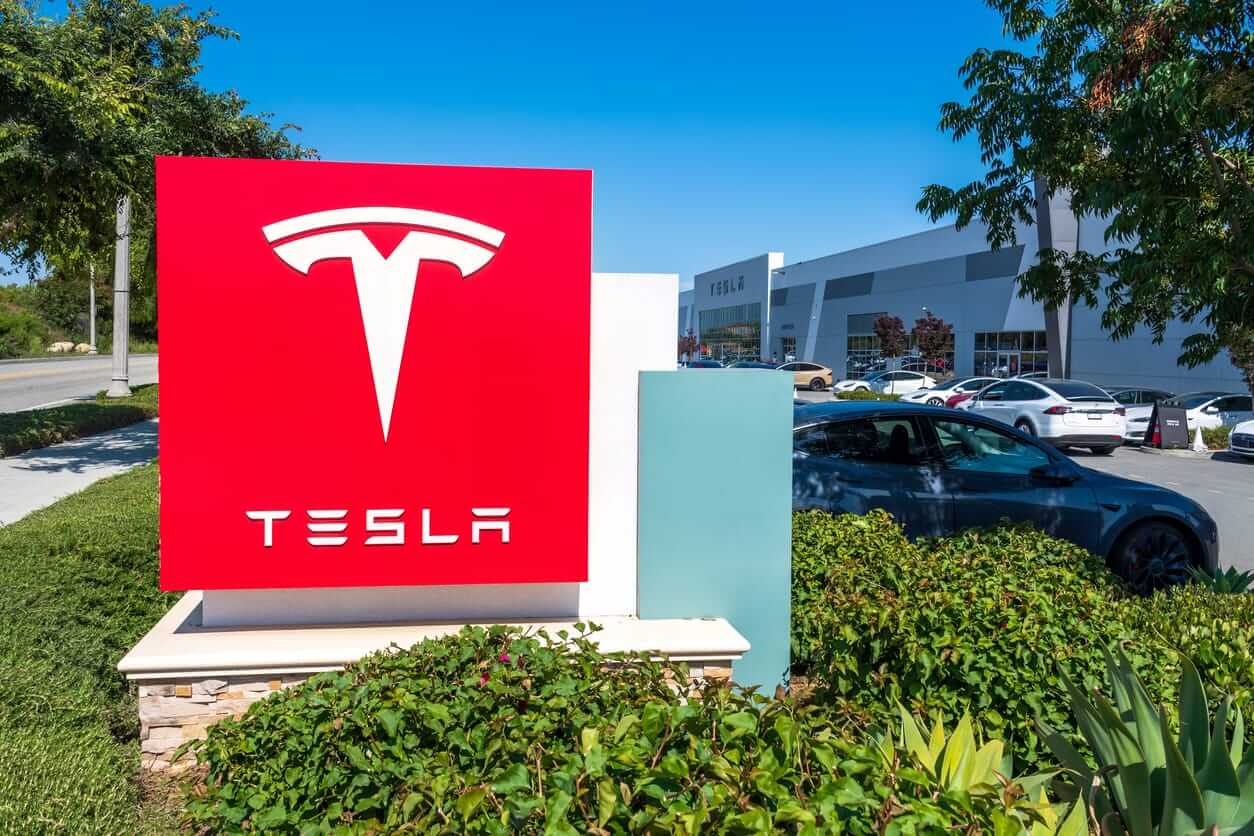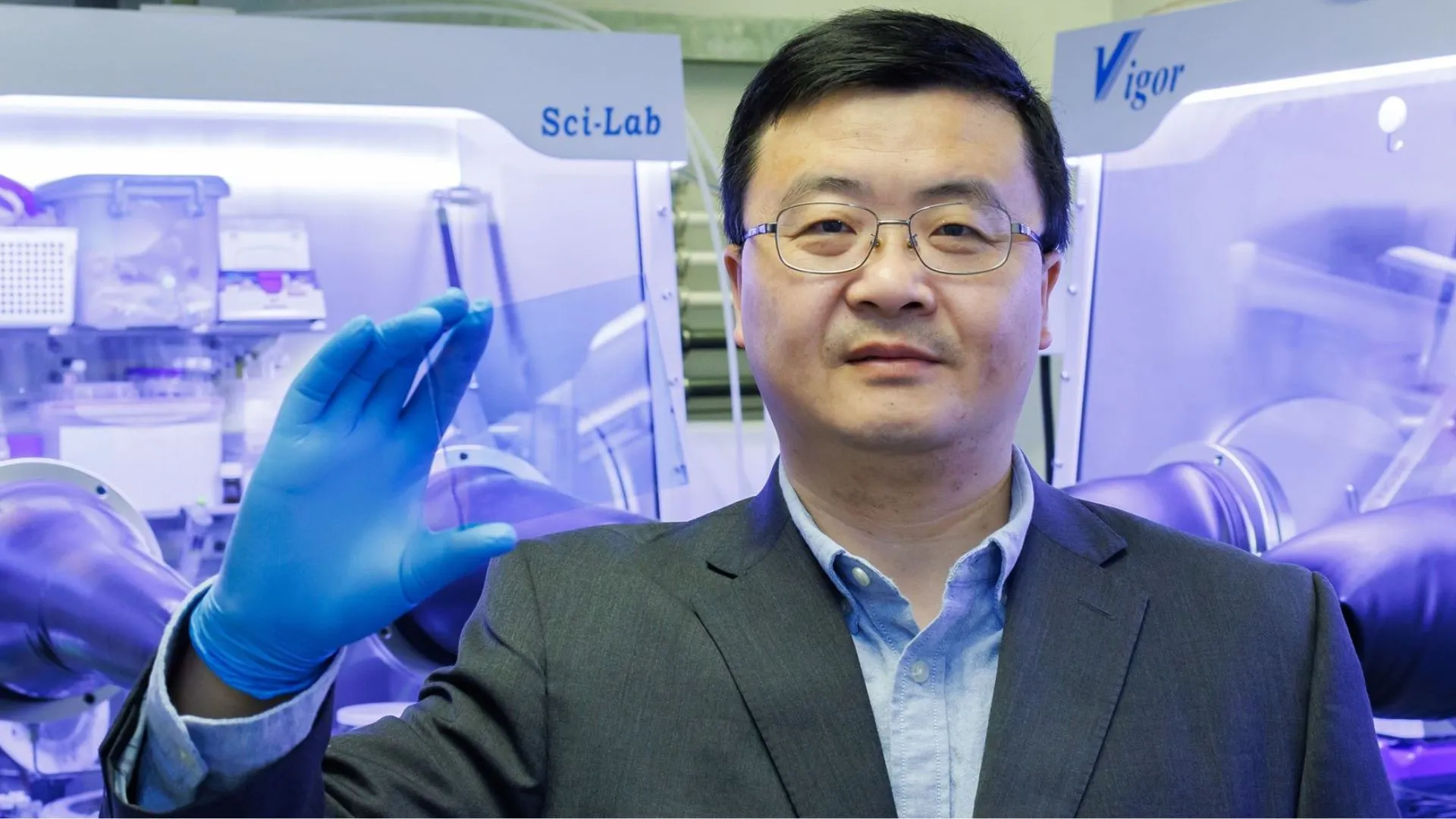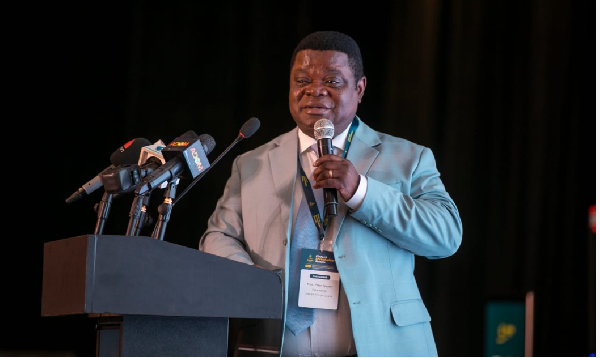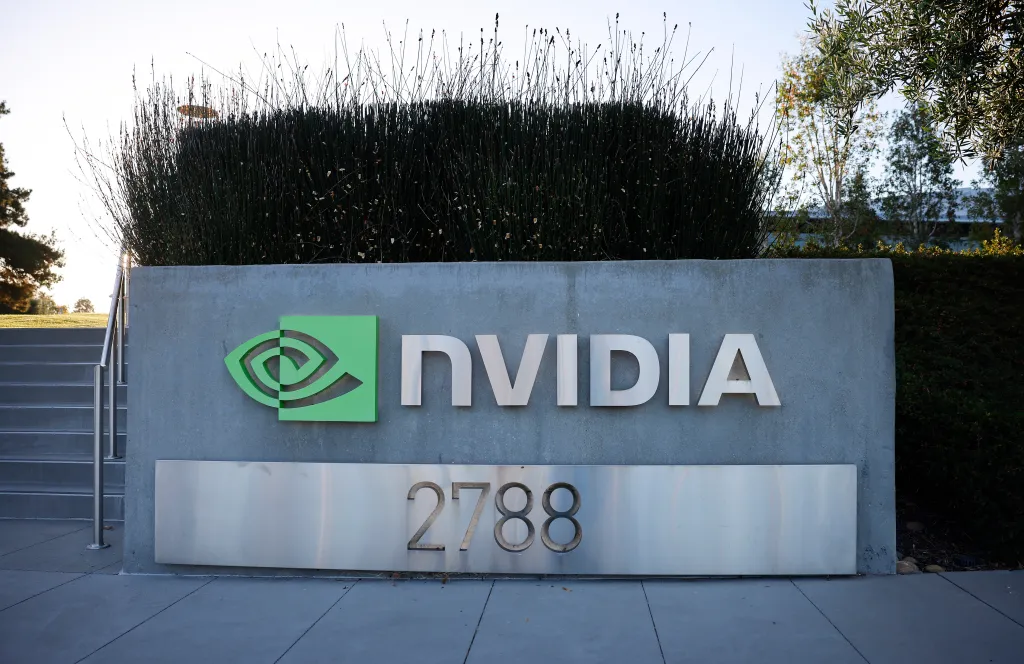Copyright Barchart

The battle for electric vehicle supremacy is heating up across Europe, and this year the headlines have taken a dramatic turn. BYD (BYDDY), a Chinese electric vehicle manufacturer, has seen its sales surge sixfold to leap past Tesla (TSLA) in the UK, while German figures show Tesla’s grip on the region is slipping as BYD closes in fast. These shocks come even as Tesla pivots beyond cars, pursuing a future blended with automation, robotics, and what CEO Elon Musk calls “sustainable abundance.” Even with this strategic shift, Tesla pushed its revenue to $28.10 billion last quarter. Meanwhile, TSLA stock has jumped 44% over the past year, trading at about $433 today. With competition rising, tech shifting, and European consumers rethinking loyalties, one big question hangs over the market. Is Tesla primed for a comeback, or is the pace of rivals about to leave Tesla behind? Let’s dive in. Tesla’s Financial Results Under the Microscope Tesla, a technology company that develops electric vehicles, autonomous driving software, energy storage systems, and robotics, has a market capitalization of $1.48 trillion. TSLA stock rose 6% year-to-date (YTD) and 44% over the last 52 weeks. Its enterprise value clocks in at $1.48 trillion. This performance sits in stark contrast to the sector’s median, where P/E is 15.48x versus Tesla’s 323.01x, and forward P/E hits 409.19x against the sector’s 16.56x. These ratios highlight the market’s expectations for Tesla’s future growth and continued innovation. This year, Tesla released its Q3 earnings report on Oct. 22. The company reported $28.10 billion in revenue, beating analyst estimates and rising from last year’s $25.18 billion. It delivered adjusted earnings per share at $0.50, compared to $0.54 expected. Tesla’s net income fell 37%, landing at $1.37 billion compared to $2.17 billion last year. This came with operating cash flow reaching $6.2 billion and record free cash flow of nearly $4.0 billion. The firm boosted its cash and investments by $4.9 billion, now totaling $41.6 billion. Automotive regulatory credit revenue fell 44%, now $417 million, which is a major shift for profitability. This quarter’s end coincided with the expiration of U.S. EV tax credits, prompting a sales rush ahead of policy changes. Tesla produced 447,000 vehicles and delivered 497,000, accompanied by record energy storage deployments of 12.5 GWh. This marks operational success, but softer demand in Europe casts a shadow. The region’s sales dropped, influenced by CEO Musk’s public actions, competitive pressure from BYD and Volkswagen (VWAGY), and changing incentives. Tesla’s Leap into Autonomy and Robotics October 2025 marked a milestone for Tesla. Full Self-Driving (FSD) version 14 officially launched, expanding the autonomous pilot program in Austin. The company plans to operate vehicles without safety drivers by year-end. Paid robotaxi services are set to roll out in up to ten major U.S. metro areas, including Nevada, Florida, and Arizona. This move signals Tesla’s determination to commercialize autonomy on a wide scale, with leadership clarifying that regulatory and technical barriers remain, but scalable deployment is underway. The push into robotics grew stronger. Tesla announced rapid development on its humanoid robot, Optimus. A V3 prototype is planned for early 2026, and the company’s scalable lines could eventually produce up to a million units annually. This ambition pivots Tesla’s focus from purely automotive to a broader vision. The strategy centers on “sustainable abundance” by integrating energy storage, autonomous mobility, and advanced robots. Meanwhile, July brought a major supply contract with Samsung Electronics (SMSN.L.EB) valued at $16.5 billion. Samsung’s new Texas facility will manufacture Tesla’s AI6 chip. This chip is foundational for the next generation of FSD, robotics, and data centers, giving Tesla more autonomy in supply and innovation. The strategic focus on cutting-edge technology arrived just as Tesla’s internal structure began to shift, with June bringing the high-profile exit of operational leader Omead Afshar. What Lies Ahead for TSLA Stock Tesla’s latest analyst estimates frame a complex picture for investors. The current quarter’s average earnings estimate stands at $0.33 per share, down sharply from $0.66 a year ago. Next quarter’s outlook shows $0.35, a big jump from the prior year’s $0.15. Annual estimates tell a similar story. For fiscal year 2025, Wall Street expects $1.14 per share, while last year’s figure was $2.04. Fiscal year 2026 is forecast at $1.92, compared to $1.14 previously. That translates to expected growth rates of -50% for the current quarter and -44.12% for full-year 2025. The next quarter and fiscal year 2026, however, show positive growth of 133.33% and 68.42%, reflecting optimism about Tesla’s recovery and tech initiatives. The analyst consensus highlights this uncertainty. The 42 experts polled on TSLA stock have given it a consensus “Hold” rating, signaling caution amid sector volatility and shifting market dynamics. The average price target is $383.35, which is about 12% below the current price. Tesla remains in hold territory as analysts expect mixed results and volatile moves ahead. Most signs point to limited upside over the next few months, especially with headwinds in Europe. Improvement might come if innovation or sales surprises land soon, but risks remain high. Holding or waiting is the safer call at this stage.



